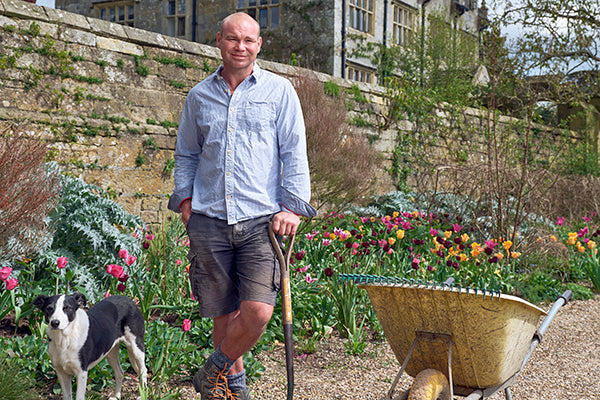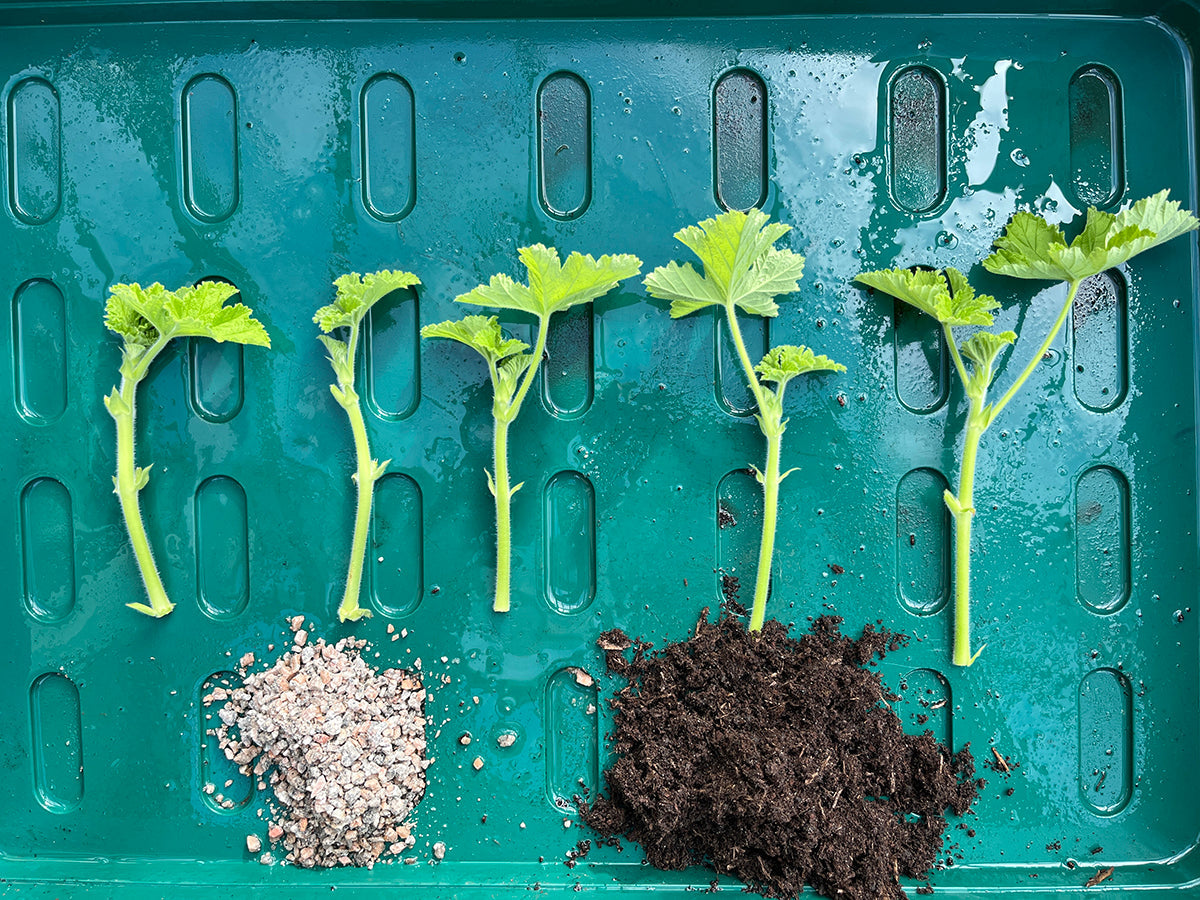Head Gardener Q&A - Tom Coward from Gravetye Manor

We talk to Tom Coward about developing the historic gardens at Gravetye Manor, East Sussex, created by the ‘wild gardening’ enthusiast William Robinson during the 19th Century.
How do you manage the heritage of the gardens at Gravetye?
We try to conserve the landscape in a progressive way, taking Robinson’s principles such as naturalising perennials in the wild garden and adding plants he wrote about as well as adding new plants such as persicaria, Helianthus ‘Lemon Queen’ and peonies into the long grass, along with hundreds of daffodils and tulips. Robinson might not have approved of the way we use annuals to extend the season– although he liked annuals, he hated bedding.
Can you tell us a bit about your approach to the fabulous flower garden?
As a hotel it needs to look good every day, so we use successional planting and winter structure. We like to be experimental with colour – last year a good combination was the bright pink Lychnis ‘Hill Grounds’ with an electric bright blue annual called a Chinese forget-me-not Cynoglossum amabile. We also use tender salvias, and I like Dahlia ‘Magenta Star’ and Kniphofia rooperi.
What is the appeal of Gravetye for you personally?
The diversity and balance of formality and wilder meadows and orchards - it’s also the perfect size and scale. More than the detail, it’s the bigger picture I like, the way seasonal light affects our planting palette with softer colours suiting the intense summer sun. We have a white wisteria and use white lupin, sweet rocket and fox glove and cooler, pale blue Iris ‘Jane Phillips’. Towards autumn we use richer oranges and yellows which are flattered by the mellower light. We also try to link elements of the garden, such as our cherries in spring, to the wild cherries in the wider landscape.
Can you recommend any fruit trees or vegetable varieties you grow?
‘Howgate Wonder’ is a good apple variety – it’s enormous – and Pitmaston Pineapple. Beurre Hardy is a lovely pear, cooking is still Conference as it stays hard when ripe, which is great for poaching. I also love pickled pears – and cooking in general. We work closely with the chef, George, so that’s a perk of the job. As much as the varieties, it’s that premium quality you get from vegetables like asparagus being grown fresh and picked at its peak.
What have you come to admire about Robinson as a gardener and writer?
His passion for the environment was so ahead of his time. And his interest in naturalistic planting is so relevant now, perhaps as a reaction to social media, and people feeling isolated and needing to connect with nature. There’s been a huge resurgence of interest in his books ‘The Wild Garden’ and ‘The English Flower Garden’.
What are you most proud of at Gravetye?
For me it’s about developing a team and working with the owners, hotel and chef, making a garden that has a function as an attraction for visitors, but is also a private garden; a gardener’s test ground and a writer’s garden. I enjoy seeing all these elements come together as a living heritage.
What are your plans for the garden?
After 10 years working on the structure and getting things like the weeds under control, we feel we can start really developing things now. We want to get more trees planted and continue developing the wild garden. There’s an endless ‘to do’ list!











